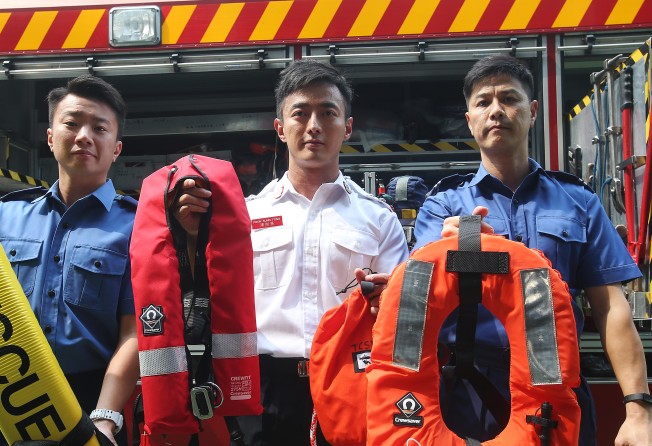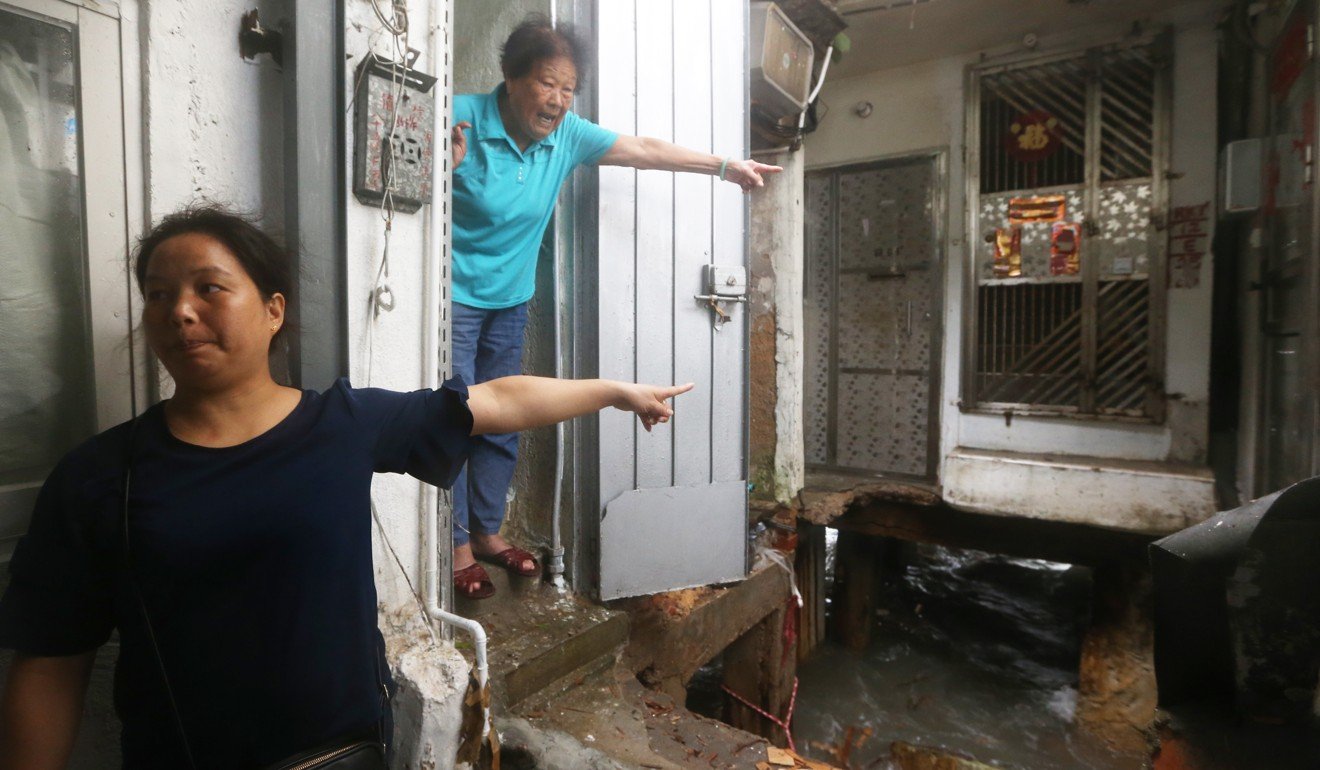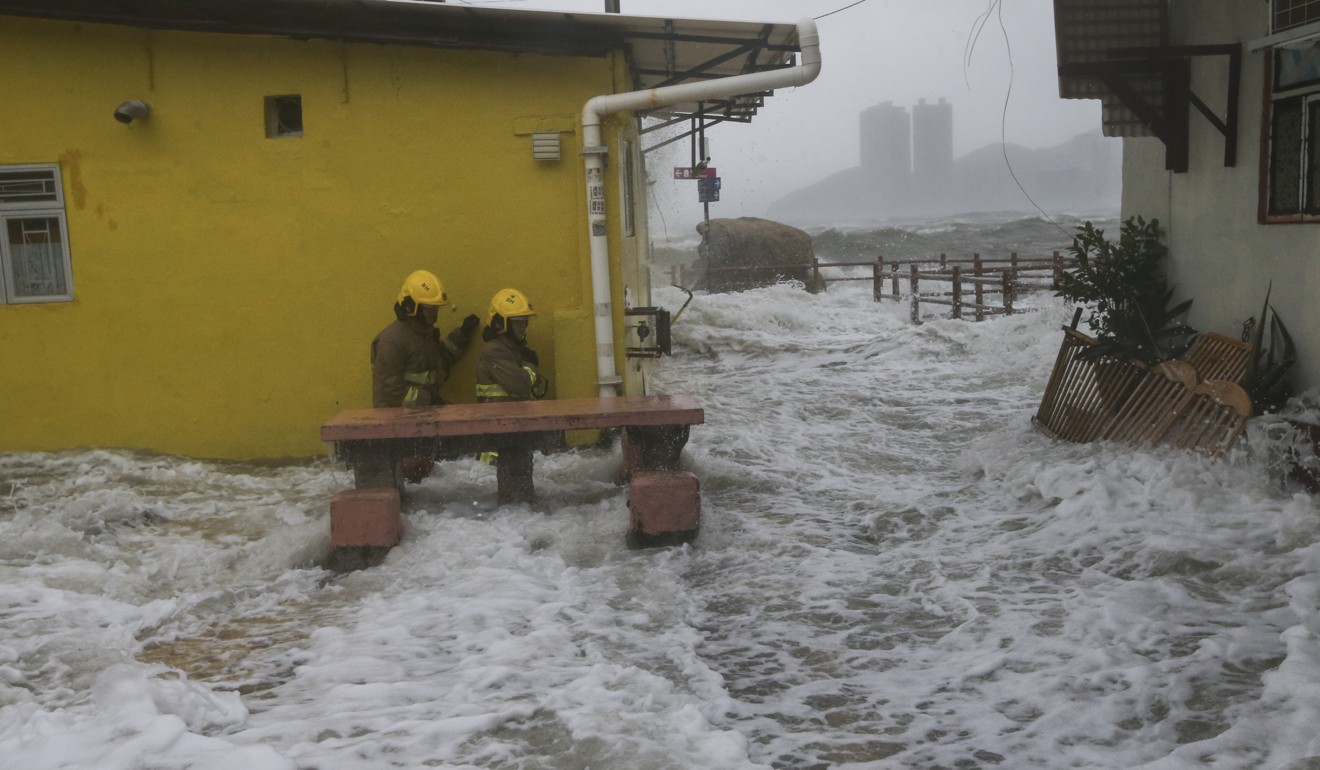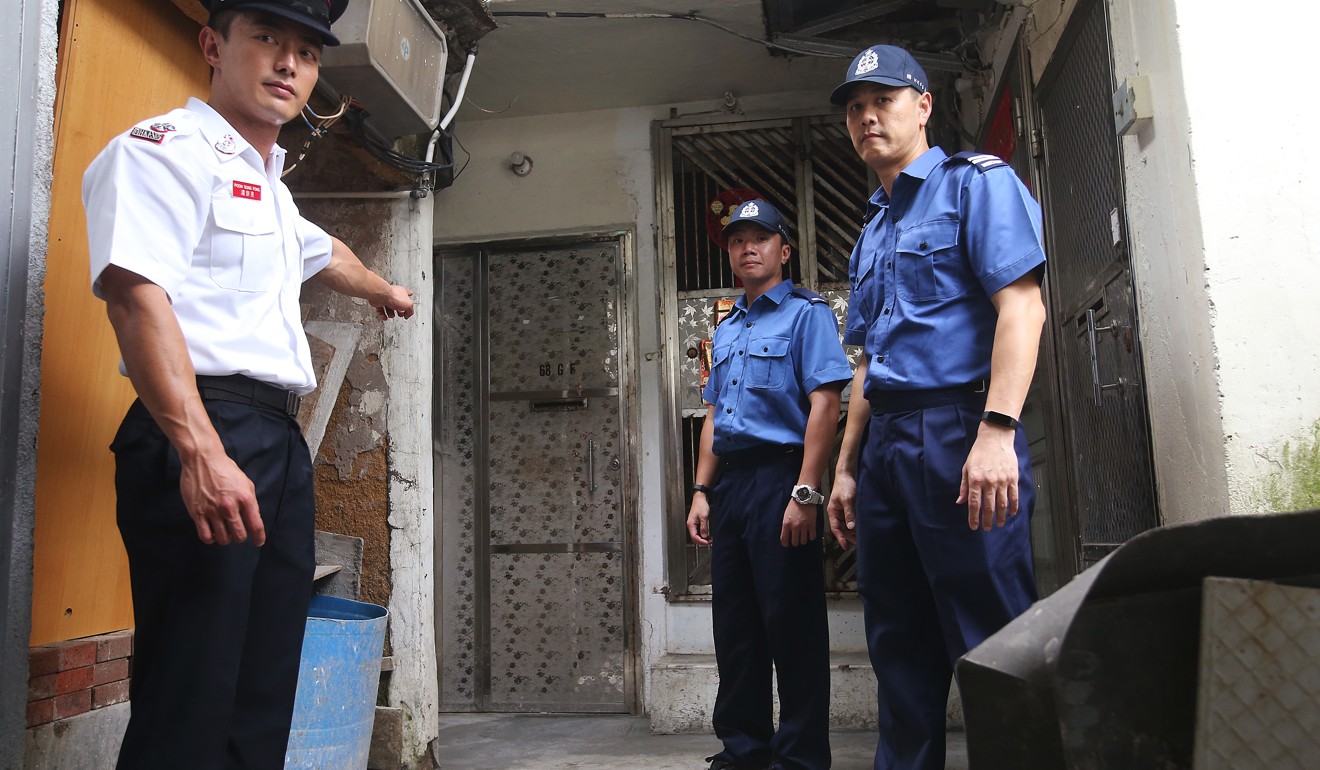The heroes of Hato: how Hong Kong firemen braved floods to rescue villagers
Rescue team describes perilous operation amid No 10 storm to bring residents in battered coastal area to safety

Hong Kong firefighters have recalled a harrowing mission to rescue trapped residents in flood-hit areas last month as the biggest storm in five years slammed the region, injuring 130 people in the city and killing 10 in Macau.
On August 23, Typhoon Hato, named after the Japanese word for pigeon, triggered the No 10 signal – the highest in Hong Kong’s storm warning system – and lashed the city with torrential rain and hurricane force winds.
As Hato swept past the south of Hong Kong, floods inundated coastal area Lei Yue Mun and the fishing village of Tai O, where sea swells surged up to heights of 3.85 metres. Dozens of residents were trapped and had to be evacuated.

“This is the strongest storm I have encountered in my 20 years of service,” Choi Ho, a senior fireman from Yau Tong Fire Station, said. “The storm destroyed railings. It was the first time I saw a No 10 storm destroy the foundation of a house.”
Choi was among the nine firefighters who were called in to rescue three residents trapped in their house in Ma Wan Village in Lei Yue Mun at 8.53am – less than 10 minutes before the team finished their 24-hour shift that day.
The base of the house and roads outside had sagged. Flooding had caused a gaping two-metre wide hole at the door. The residents were trapped inside their house because fierce winds had warped the door.
Team leader, Poon Sung-fong, a station officer from Kwun Tong Fire Station, said it took them 16 minutes – double the usual time, to walk to the location with all the gear on their backs.

The journey was particularly treacherous as the roads were engulfed by torrential floods and swells which threatened to knock them over and sweep them away. There were belongings from residents flying around in the strong wind.
“I did not think much. I just wanted to rescue the trio as the building structure was unstable,” Poon said. “Anything could happen in the next second, including a house collapse.”
Choi said he and his members placed a ladder across the hole so his team could get to the stranded residents. When they had made it into the house, rescuers put life jackets on the three occupants and attached them to a rope with safety links.
“They could hold the rope tight to prevent them from falling into the hole or being swept away. We helped them cross one at a time,” Choi said, adding that the three residents were extremely anxious.

“They worried about the structural integrity of the house as it had been weakened by floods. They said they wanted to escape as soon as possible. We comforted them and told them we would bring them to safety.”
When the team was about to leave after securing the three residents, four more people in the adjacent unit – with a baby among them – called for help, prompting the team to embark on another operation. All were rescued with no injuries.

The Observatory recorded Hato’s highest intensity at 175km/h, making it the most powerful storm to hit the city since 1979. At its peak, Hato was packing gusts topping 193km/h, making it stronger than Typhoon Vicente, the last storm to trigger a No 10 signal.
There were no fatalities in the city, but nearly 130 people were injured during the passage of the typhoon, and authorities received reports of more than 1,057 fallen trees and extensive flooding in low-lying areas.
The Fire Services Department received 1,907 ambulance requests, 717 special service calls – seven times more than usual – and 303 fire calls.